
Summer didn’t even say goodbye!
Fall leads straight into: candy month, pie month, and cookie month
“The weather just went from 90 to 55 like it saw a state trooper.”

Even though we associate the winter months with being the holiday season, the spring time is chalked full of its own holidays and special events. Take time to welcome spring, and enjoy the holidays that this time of year as to offer.
Ireland’s most popular holiday for the springtime is St. Patrick’s Day. The history of the holiday revolves around the removal of snakes from Ireland by St. Patrick. It is a time to wear green and look for the lucky leprechaun that will lead you to that pot of gold. St Patrick’s Day is celebrated worldwide with parades and parties.
Easter is the time that Christians celebrate the resurrection of Jesus Christ. There are many different Easter customs that surround this holiday. People usually get brand new clothes and shoes to celebrate the Easter holiday. Other traditions consist of activities from decorating and hiding of eggs, to the Easter Bunny who brings children basket of sweet treats, to the decorating of Easter trees.
Passover is the Jewish spring holiday that is celebrated by the Seder. This is a time when Jewish families honor their ancestors and celebrate the importance of being freed from slavery.
Holi is the Hindu spring festival. Hindu’s celebrate the colors are associated with spring. People usually wear green while the children get to fill water guns with red and yellow colored liquids to squirt at each other. They also fill bamboo straws with colored powder to blow.
May Day is celebrated all over the world but has its roots in England. Children get to dance around large poles called maypoles. These large poles are decorated with strands ribbon. Children will grab a ribbon and dance around the pole. Once they are finished with their dance, the pole will be wrapped in the ribbon.
Muslims greet the first day of spring with a kite-fighting contest. Boys create fighter kites in hopes that their kite will be the last kite flying. They cover the strings of their kites with glass powder to help defeat their opponents.
Songkran is the New Year’s festival celebrated in mid-April in Thailand. This festival is surrounded by the theme of water. The festival consists of parades where large Buddha statues squirt the crowd with water. Children in the villages celebrate by throwing water on one another.

February 14th - Valentines Day
Around the world people set apart this day to celebrate their love! Traditional gifts include chocolate and candy, flowers, perfume/cologne, and clothing in red or pink with heart motifs. However, there is a growing trend to celebrate Galentines, a holiday dedicated to female friendship. Customers could purchase friendship-centered products around this time.
February 21st - Carnival/Mardi Gras
This week-long holiday is popular in Latin America, parts of Europe, and in New Orleans. Revelers celebrate with festive parades and street parties. Frequently bought Mardi Gras items include masks, wigs, makeup, colorful costumes, comedic accessories, and beaded necklaces.
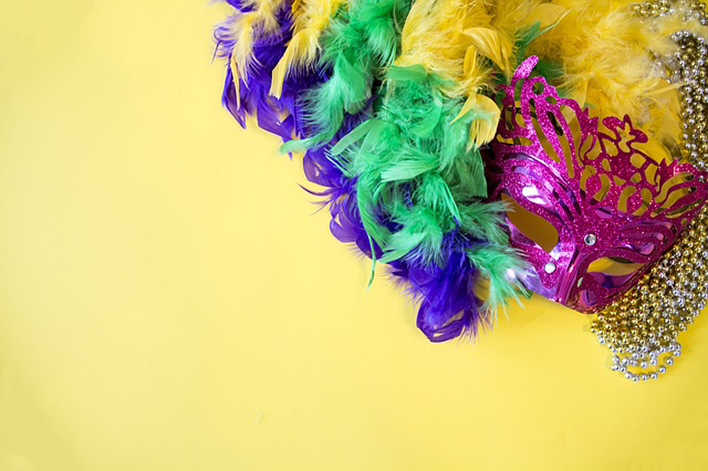
March 3rd - Hinamatsuri
Also known as Girl’s Day or Doll’s Day, this Japanese holiday is celebrated by displaying Hina dolls and eating traditional foods such as rice wine and rice cakes. Customers frequently purchase Hina dolls, girl’s dresses and other gifts for girls like play makeup and jewelry.
March 8th - International Women’s Day
Though not a traditional retail holiday, this day celebrates the achievements of women both past and present around the world. Younger generations are celebrating by supporting women-owned companies and organizations dedicated to promoting gender equality. If this description fits your business, consider adding that information to your listings during the month leading up to this day of celebration.
March 8-9th - Holi Festival
While originally a religious holiday in India, this festival has taken on a new meaning. Complete with its colorful powders and message of joy and unity, Holi is known as the “festival of colors” or the “festival of love" and has spread from India across the Western Hemisphere. Now, Holi celebrations can be found on almost every continent! While the traditional powders are obviously purchased in bulk, Western celebrations often include water toys like squirt guns and slip-n-slides in the fun.

March 17th - St. Patricks Day
Originally, this Irish holiday commemorated the death of Saint Patrick, Ireland’s patron saint. It has evolved to a worldwide celebration of Irish culture, and the color green. In Chicago, the city celebrates by dyeing the entire river green! In general, customers purchase green clothing, accessories, and party supplies, as well as items adorned with shamrocks, leprechauns, and the phrase “Kiss me I’m Irish!”
Throughout March - Mother’s Day
Mother’s Day occurs at different times of the year in countries around the world. Parts of Eastern Europe, the Middle East, and Eastern Africa celebrate the mothers in their lives in the month of March. Popular gifts include beauty products, flowers, jewelry, handbags, and books.
April 1st - April Fools’ Day
This primarily Western tradition involves playing pranks throughout the day, although each country has its own customs. If you sell prank toys, gag gifts, or novelty items you can count on there being an uptick in purchases prior to the mischievous holiday.
April 9th - Easter
Easter, for Christians, is a sacred holiday. However, it has become a popular secular holiday as well. Easter gift baskets are generally filled with eggs, bunny-shaped treats, stuffed animals, chocolates, jelly beans, and other small gifts.

April 5-13th - Passover
This holiday is steeped in tradition and symbolism. While not a holiday for gift-giving, those planning to host a Seder meal with friends and family may be looking for new dishware, a tablecloth, or an intricate platter for a seder plate. Who knows, they might also purchase their Matzo online!
May 1st - May Day
In many countries, May Day symbolizes the beginning of Spring and warm weather, and it’s marked by gifting or decorating with flowers. Many cities host May Day festivals that include dancing, food, and bonfires. May Day wreaths (either real or fake) and picnic items are frequent purchases for this holiday.
May 4th - Star Wars Day
May the fourth be with you, young Padawan! This fan-tastic holiday is celebrated by Star Wars aficionados around the globe. While some may throw Star Wars-themed parties, many use this day as an opportunity to display and share Star Wars memorabilia, costumes, and clothing. If your product is Star Wars related, be prepared for purchases from humans and droids.
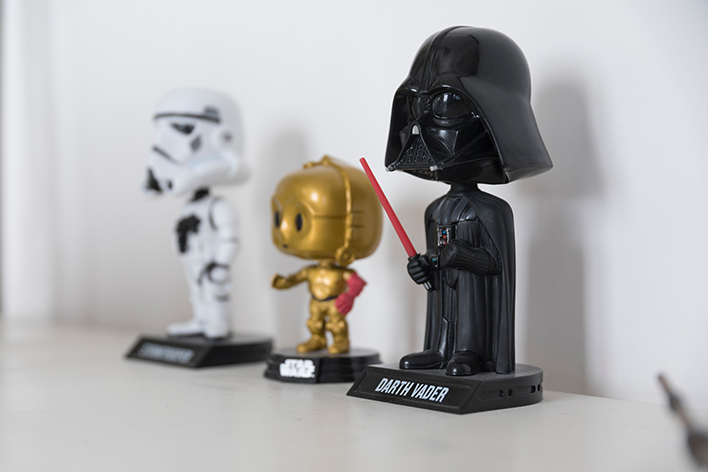
May 5th - Cinco De Mayo
Although only Mexicans in the providence of Puebla celebrate this holiday, it has gained popularity within The United States where it’s often celebrated with a fiesta! Frequent purchases include Mexican-themed decorations and party supplies, as well as margarita glasses.
May 14th - Mother’s Day
The second round of Mother’s Day arrives on the second Sunday in May. Sons and daughters often purchase greeting cards, candy, flowers, perfumes, clothes, accessories, and novelty items for their moms and grandmothers. Consider adding seasonal phrases like “the perfect mother’s day gift” or “gift for mom” into your keywords to be pulled into search results!
If you are new to the U.S., you will quickly realize that the summer months are filled with national holidays. From honoring those who have passed on to remembering our freedoms, these holidays are celebrated in special ways that bring families and communities together. The three holidays below are similar to “bank holidays” around the world – meaning banks, schools, government offices, and some businesses are closed.
Here’s a quick history of three summer holidays in the U.S. and how they are traditionally celebrated.
The last Monday in May marks Memorial Day, and the date changes each year. Memorial Day is a day for remembrance of those who have died in service to the United States. This date was first celebrated in 1868 after the Civil War. Decoration Day was the original holiday name to recognize the tradition of decorating graves with flowers, wreaths, and flags.1
Many people visit cemeteries and memorials to place flowers and the nation’s flag at the graves of soldiers. Towns host parades and festivals on this day. It is also a tradition to fly the nation’s flag on flag poles at half-staff. Furthermore, Memorial Day marks the start of the summer season in the U.S.
Fourth of July is another name for this holiday. It honors when the original 13 colonies in the U.S. claimed their independence from England in 1776 by instituting the Declaration of Independence. Traditions included ringing bells, firing guns, lighting candles, and setting off fireworks. In addition, it became an official national holiday in 1941.2
Fireworks, parades, concerts, barbecues, and family gatherings are ways people celebrate this historic event today. It is the nation’s most popular holiday. Summertime activities are often associated with this holiday, including trips to the beach, baseball games, watermelon-eating contests, pageants, and picnics.
Labor Day pays tribute to the contributions and achievements of American workers. The first Monday in September marks Labor Day. Like Memorial Day, the date changes each year. The labour movement established this day in the late 19th century. It became a federal holiday in 1894. At the height of the Industrial Revolution, the average U.S. employee worked 12-hour days, seven day per week. In fact, they also faced unsafe work conditions. In 1882, 10,000 workers took unpaid time off to march from City Hall to Union Square in New York City. This marked the first Labor Day parade in U.S. history.
Labor Day traditionally symbolizes the end of summer for the U.S. Likewise, parties, parades, athletic events, and outdoor festivals are ways people celebrate this event.
Your local Chamber of Commerce or park district can provide information on where events are scheduled near you!
Father’s Day – The 3rd sunday in June. It’s not a federal holiday, but it’s always on a weekend and it’s in the summer! https://www.nationaldaycalendar.com/national-day/fathers-day-third-sunday-in-june
D-Day On June 6, 1944, The United States landed on the beaches of Normandy during WWII. It was the largest seaborne operation in history. The holiday is observed in recognition of the soldiers who sacrificed their lives to end the war on the Eastern Front.
There is certainly no shortage of Fall holidays in the United States. For this article, we will focus on the history of Halloween and Thanksgiving. Fall is a magical time of year, and these two holidays never fail to bring friends and family together to celebrate and simply enjoy one another.
Let’s jump right in and explore the origins of these wonderful holidays.
Kids and adults both adore Halloween. For kids, it’s a time for spooky costumes, pumpkin carving, friends, and collecting enough candy to last well past the New Year. For adults, it’s a time to remember our inner child and eat and drink anything pumpkin spice flavored. This year, why not set some time aside between the costume parties and candy grabs to take a look at the history of this spooktacular holiday?
Halloween’s earliest origins date back to Samhain—an ancient Celtic pagan religious festival celebrated thousands of years ago from October 31 to their New Year on November 1. Samhain marked summer’s end, the harvest, and the beginning of the dark and cold winter months. On the night of October 31, the Celts believed a portal between the living and the dead opened, and the ghosts of the dead returned to earth. To keep these ghosts at bay, the people wore costumes and lit huge bonfires.
When Christianity spread to Celtic lands in the 9th century, the church declared November 2 All Souls’ Day. This holiday honored the dead with parades, bonfires, and dressing up as angels, devils, and saints.
Immigrants brought Halloween to America in the 19th century, where it quickly gained popularity. Many of the same traditions from Samhain remain, such as wearing costumes to chase away otherworldly ghosts. Of course, today, our costumes have evolved to include everything from celebrities to superheroes.
Halloween has come a long way from the days of the Celts. The best example is trick-or-treating, which is great fun for both sides of the candy transaction. This year, make sure to stock up on enough tasty treats to avoid any tricks! Happy Halloween!
One can trace the history of Thanksgiving all the way back to 1621, when the Wampanoag Native Americans shared an autumn feast with colonists from England. These colonists left England on a ship named Mayflower to find a new home to practice their faith freely. After a grueling journey across the Atlantic Ocean, they settled near the Massachusetts Bay at Plymouth. Soon they met Native Americans who taught them how to grow corn, fish, avoid poisonous plants, and much more.
After the Pilgrims successfully harvested corn for the first time in November of 1621, Governor William Bradford organized what would become known as America’s first Thanksgiving. In 1863 President Abraham Lincoln declared Thanksgiving a national holiday to celebrate on the final Thursday in November, just as we celebrate it today. Happy Thanksgiving!
Veterans Day was first known as Armistice Day. Armistice Day was established by President Woodrow Wilson in 1919, in honor of the signing of the Armistice to end World War I. The signing took place at the 11th hour of the 11th day of the 11th month in 1918, giving significance to the day and time. President Dwight D. Eisenhower changed the name of the celebration to Veterans Day in 1954 at the end of the Korean War to honor all Veterans. Today, Veterans Day is observed in the United States on November 11, and is both a federal and state holiday.
https://www.dynamiclanguage.com/fall-holidays-in-the-usa-and-7-other-countries/
https://blog.whereissanta.com/7-fall-holidays-for-your-family-to-celebrate
https://www.shadesofsummr.com/fall-months-in-the-usa-dates-weather-holidays-travel-ideas/
In November, there are a few holidays—two of which are traditionally known as the festival of lights.
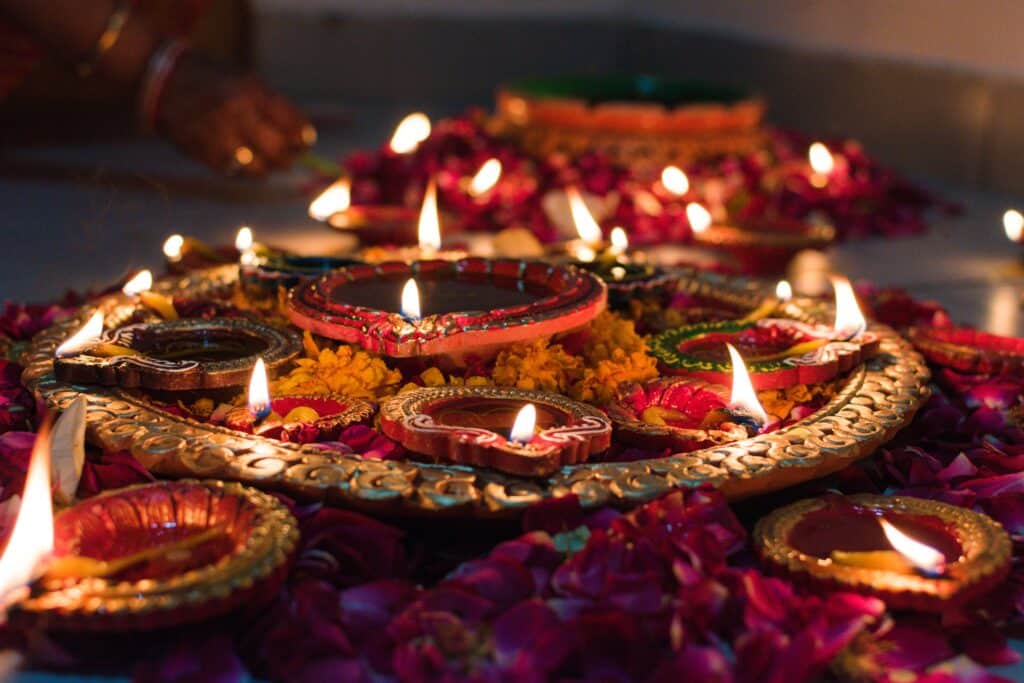
Diwali, known as the Festival of Lights, is a five-day celebration of the triumph of light over dark or good over evil. It is observed primarily in India, Myanmar, Nepal, and Sri Lanka by those practicing Hinduism, Jainism, and Sikhism. The Hindu lunisolar month Kartika defines when the celebration begins and ends.
In India, Diwali is usually the biggest holiday of the year. People celebrate by lighting lamps or colorful lights and igniting fireworks.
Thanksgiving is a holiday primarily in Canada, the United States, Grenada, Saint Lucia, and Liberia. In Canada, it is on the second Monday in October, while in the United States, it is on the fourth Thursday of November.
This holiday originated as a fall harvest celebration. In the United States, the story goes that the colonists or Pilgrims and the Native Americans observed a joint fall feast at harvest time, a tradition that led to modern Thanksgiving.
The modern holiday comprises a feast shared by friends and family members. People usually eat a turkey, many side dishes, and desserts.
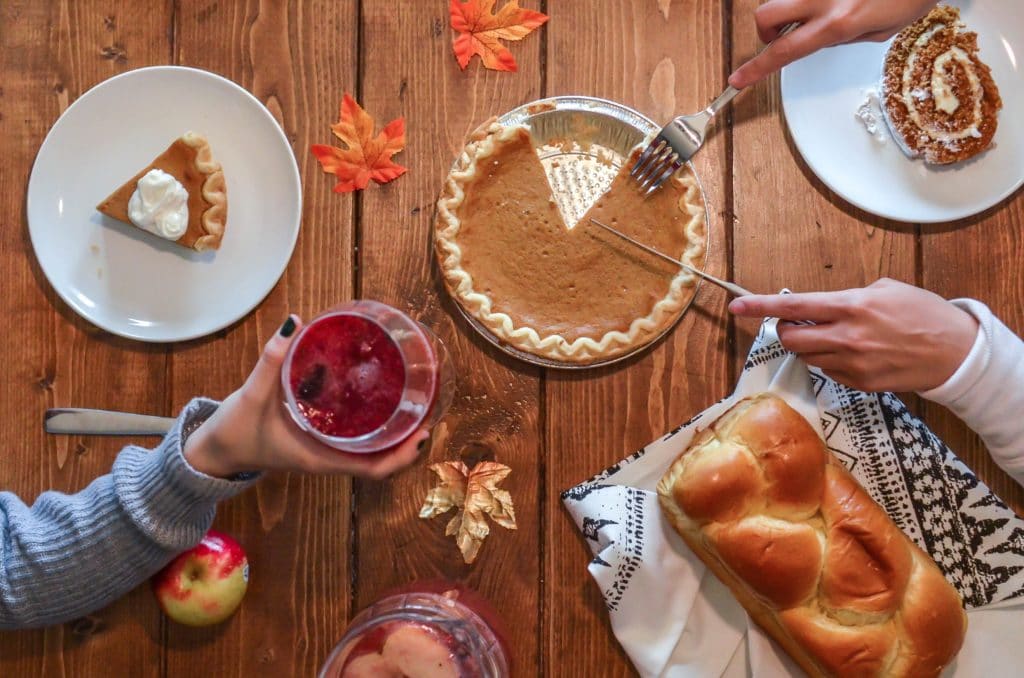
December probably has more different winter holidays around the world than any other month. There is, of course, Christmas. People in over 160 countries worldwide enjoy the Christmas holidays with their loved ones.
People in Germany and Eastern Europe observe Krampusnacht or Krampus Night on December 5th.
Krampus, or Christmas Devil, is typically depicted as a hairy, horned, devil-like creature with a pointed tongue and fangs. Some have described Krampus as a half-man (or half-demon) and half-goat.
Krampusnacht is the night before St. Nicholas Day, and the Krampus figure is meant to scare or punish the bad children, while St. Nicholas would reward the good children.
Recently, the holiday has grown to include adult revelries that involve dressing up as Krampus and parading or running through the streets.
Hanukkah can fall in November or December, as it follows the Hebrew calendar. Also called the Festival of Lights, this eight-day Jewish festival is known for lighting a special candle holder called a menorah. People also give small gifts and spin a dreidel for a chance to win chocolate coins.
The word “Hanukkah” means “Dedication” in Hebrew. This festival is to commemorate the rededication of the Second Temple of Jerusalem. It is also spelled Chanukah and is sometimes called the Festival of Rededication.
Boxing Day, December 26th, is a popular December holiday in the UK, Canada, Australia, and New Zealand.
Originally, this day was one in which gifts were given to people experiencing poverty, servants, or others of a lower social class. Some say that is the origin of the name—it was a day in which gifts were placed in boxes for this purpose.
In more modern times, however, Boxing Day has developed into a holiday associated with sports, shopping, and spending time with friends.
Outside the named countries above, a few areas, primarily several European countries, celebrate this day as a second Christmas.

The History Channel tells us, “For two millennia, people around the world have been observing it with traditions and practices that are both religious and secular in nature.”
In Christian tradition, people commemorate the birth of Jesus Christ on Christmas Eve (December 24th) and Christmas Day (December 25th).
Christmas Eve festivities may include attending church services and exchanging gifts. In many countries, children await the arrival of Father Christmas, a mythic figure who leaves Christmas presents for good girls and boys.
Some countries have their own unique Christmas Eve traditions. For example, in Ukraine, people hold a feast called the Sviata Vecher or Holy Supper as soon as they spot the first evening star in the night sky.
On Christmas, people celebrate in different ways as well. Gift-giving may occur in the morning or afternoon. It’s customary to sing special Christmas songs called carols in many places.
While Christmas is a Christian holiday, it is also a cultural holiday globally, so many Christmas festivities, like decorating a Christmas tree, span both religious and secular aspects of the season. Many pagan traditions have been incorporated into modern Christmas observances to give secular people various ways to enjoy the festive Christmas season.
Kwanzaa is a more recent holiday. Maulana Karenga, professor and chair of Black Studies at California State University, was the first to create and observe this holiday in 1966.
Derived from ancient African harvest festivals, the holiday honors African-American culture and aims to bring the African-American community together.
Kwanzaa occurs from December 26th through January 1st. This winter holiday is mainly in the U.S. On the sixth day of Kwanzaa, people hold the Karamu feast. Kwanzaa is meant to honor family, community, and culture. It combines multiple historic harvest celebrations from African culture.
Kwanzaa has seven principles and symbols to follow, and some African Americans dress in traditional costumes during the festivities. To some people, Kwanzaa is an alternative to Christmas, but it does not have to be a spiritual holiday. Anyone of any faith can appreciate this cultural celebration.
Las Posadas is a religious holiday observed primarily in Spain, Latin American countries such as Mexico, Guatemala, and Cuba, and some areas within the United States with large populations of people from these areas.
“Las Posadas” translates to English as “The Inns,” which references the inn from the Nativity in the Christian faith.
It is a nine-day celebration starting on December 16th and ending on December 24th. The nine days are thought to represent the nine months of Mary’s pregnancy, and the traditions associated with these days are meant to represent the hardships faced by Mary and Joseph while seeking shelter on their journey from Nazareth to Bethlehem.
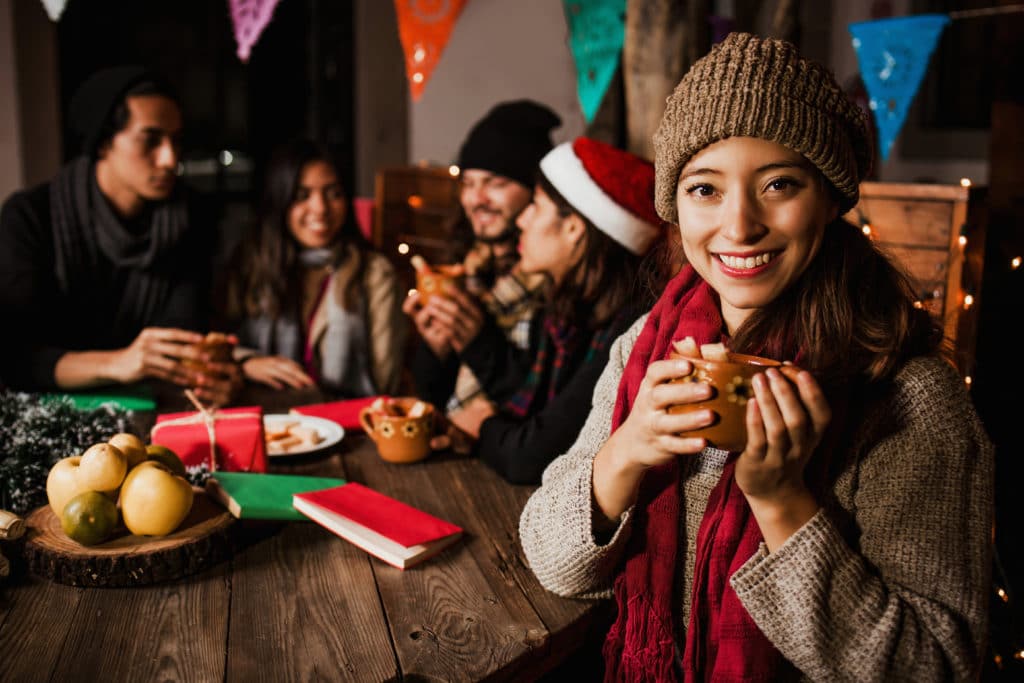
St. Lucia Day, also known as Lussinatta, the Lussi Night, or Feast of Saint Lucy, is primarily celebrated in Sweden, Denmark, Finland, and some parts of Italy, Croatia, Hungary, and nearby areas.
It falls on December 13th yearly and honors its namesake, St. Lucia (or St. Lucy, Lucia of Syracuse, or Sankta Lucia).
In Scandinavia, St. Lucia Day marks the beginning of Christmas and is another festival of lights and feast day. St. Lucia was a Christian girl who was martyred for her religion.
Nowadays, young girls dress in white and wear a candle-lit wreath on their heads on St. Lucia Day. In many households, the person depicting St. Lucia will serve food.

St. Nicholas Day, or the feast day of Saint Nicholas, is a winter holiday mostly observed on December 5th or 6th, or the 19th, in Eastern Christian countries.
St. Nicholas was a Christian noted for generosity who inspired the legend of Santa Claus and Father Christmas. He sold off his possessions to give to those who were ill, in need, or otherwise suffering. As such, this holiday is generally honored by giving to others.
It is observed primarily in areas near its Dutch roots: the Netherlands (where St. Nicholas is known as Sinterklaas), Belgium, and Luxembourg.
That said, it is also recognized in other locations—many countries worldwide have a custom or observance to honor St. Nicholas. The details vary but often take the form of giving small gifts and food items.
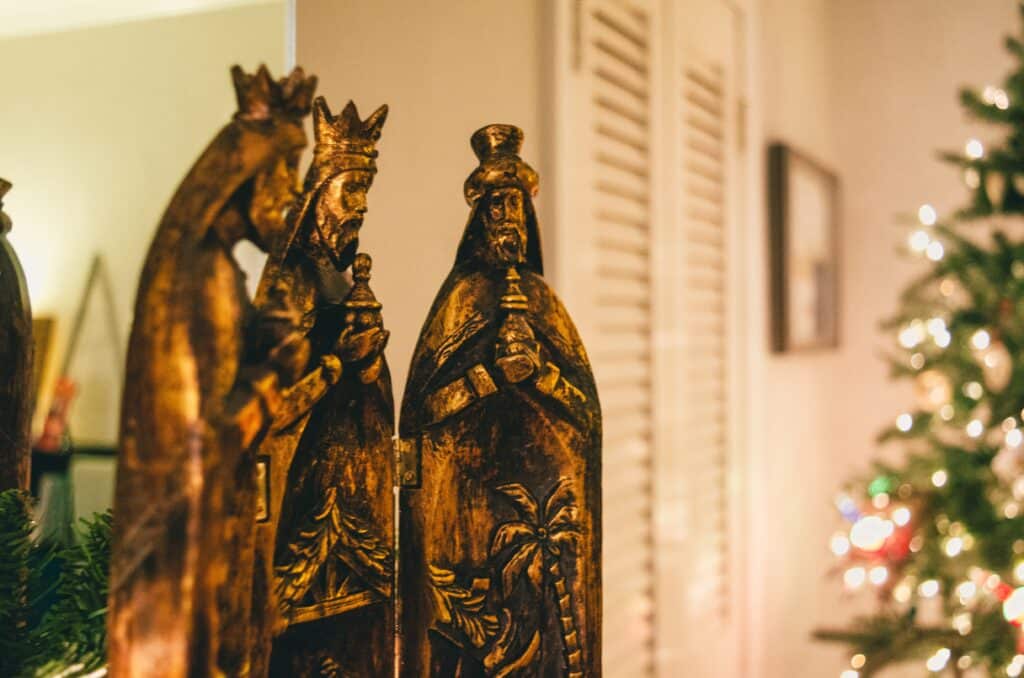
The Twelve Days of Christmas begin on Christmas Day and end on January 6th (which is Three Kings Day—see description below in January holidays). This time frame marks the time between the birth of Christ (Christmas Day) and the coming of the Magi (called Three Wise Men or Three Kings), which occurred 12 days later.
Winter Solstice is the longest night of the year, which occurs on or around December 21st and is a holiday in many countries.
For example, it is called Toji in Japan, where it is traditional to take a hot bath with citrus fruit. In China, it is called the Dongzhi Festival, where people eat tang yuan (湯圓, similar to mochi) with their family.
This time is also referred to as the pagan holiday Yule, which includes the Winter Solstice and the eleven days following. Many ancient Yule traditions have been incorporated into modern Christmas celebrations.
New Year’s Eve
New Year’s Eve, which, as the name implies, is the eve of the new year. It is the last calendar day of the year, December 31st. It is also called Old Year’s Day or Saint Sylvester’s Day.
In Japan, people also refer to New Year’s Eve as Ōmisoka. There, Japanese families gather together and visit shrines. In Spain, it’s traditional to eat twelve grapes, one per chime of the clock at the countdown to midnight. It’s thought to bring good luck. Also, for good luck, many families in the southern United States eat black-eyed peas on New Year’s Eve.
And these are just a few of the various customs you’ll find on December 31st. One widespread celebration is welcoming the new year with fireworks displays.
New Year’s Day is the first day of the year in the Gregorian and Julian calendars—January 1st. It is observed in cultures that use solar calendars with fixed dates for new years. (For cultures using a lunar calendar, the new year happens based on a day that will vary based on that year’s lunar schedule).
Billions of people worldwide welcome New Year’s Day on January 1st with fireworks, parties, and the creation of New Year’s resolutions as people plan for the year ahead.

As mentioned above, Christmas is most associated with December 25th, but that’s the date within the Gregorian calendar. In the Julian calendar, however, it falls on January 7th.
Orthodox Christian communities use the Julian calendar, such as those in Ethiopia, Egypt, Greece, and Russia. In this tradition, January 7th is the day for the religious observance of Christmas.
In Ethiopia, the holiday is called Ganna or Genna. It is observed with a 43-day fast before the holiday itself. On Ganna, men play a hockey-like game by the same name as a tradition. Pilgrims also make their way to the ancient rock-cut churches of the Lalibela region in northern Ethiopia.
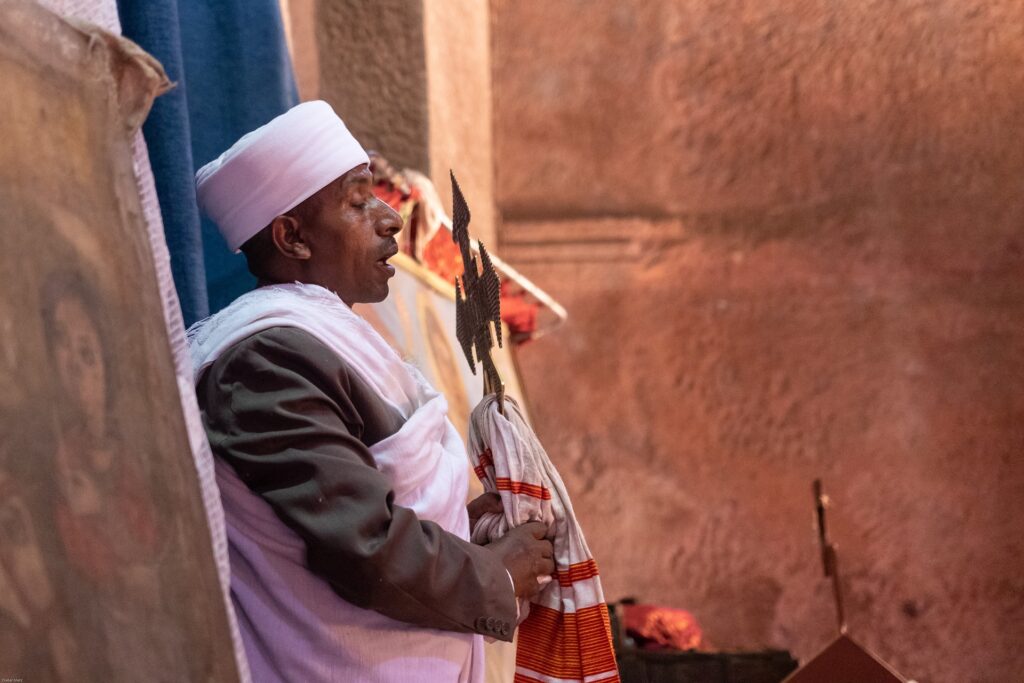
Hindus across India observe a festival to mark the coming of spring, Makar Sankranti, on January 14th.
There are monthly holidays in India to commemorate the sun’s movement from constellation to constellation. This holiday recognizes the transition into Capricorn and honors Surya, the sun god. Communities celebrate differently depending on their location.
Three Kings Day, also known as the Epiphany or Theophany, is the day the Three Kings (the Three Wise Men) first saw the baby Jesus on January 6th.
It is at the end of the Twelve Days of Christmas. There are some variations of this holiday in other areas around the world. In Spanish-speaking Catholic countries, it’s often a day for gift-giving and eating delicious king cake.